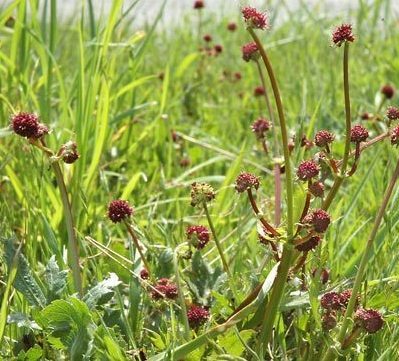Cat Predation on Songbirds at Rithet's Bog
Cat predation on wildlife is a major problem in urban areas and this is especially true in isolated “islands” of natural habitat such as Rithet’s Bog. Researchers have video footage documenting such predation on songbirds in the Bog, which can be viewed below. The Rithet’s Bog Conservation Society takes the position that no cats should be allowed to remain in the Conservation Area. Efforts to relocate them are ongoing.
If you find kittens in the Bog, call or email:
Dee’s Orphan Kitten Fund (Dee) phone: 250-896-5771 email: nkroschi@shaw.ca
or Greater Victoria Animal Crusaders (GVAC) email: info@animalcrusaders.ca.
This is a video of domestic cats (Felis catus) eating song sparrow (Melospiza melodia) nestlings at Rithet’s Bog(Victoria, BC).
They were recorded as part of ongoing research on the ecology of birds and mammals being conducted in Rithet’s Bog by Professor Liana Zanette (University of Western Ontario) and Professor Mike Clinchy (University of Victoria). Cats have been responsible for 22% (6/27) of the nest predation events recorded to date. As the videos show, both likely feral (ownerless) cats and house cats (cats with collars) are involved.
For further information on Professors Zanette and Clinchy’s research please see www.lianazanette.com.
These videos are copyright Professor Liana Zanette. If you wish to copy and distribute them, please contact Prof. Zanette prior to doing so.
Customizing Bird Houses for Swallows
Violet Green and Tree Swallows are wonderful agents for biological mosquito control, but people who put up nest boxes hoping to attract swallows are often disappointed when English house sparrows take up residence. Victoria swallow enthusiasts Malcolm and Christina have produced an excellent video demonstrating how to create an oval-shaped entrance hole that will keep out the sparrows.
For more information contact swallows@shaw.ca.
Species at Risk Restoration Project at Rithet's Bog
Rithet’s Bog Conservation area is home to several rare plant species. One of these, the Purple Sanicle, grows in a remnant Garry Oak woodland area below the Foxborough Townhouse complex. The population is struggling to survive due to the growth of broom, blackberry and invasive grasses. This winter the Garry Oak Ecosystem Restoration Team, a non-profit conservation organization, is producing a restoration plan for the Purple Sanicle population, and will be working with RBCS to remove broom and blackberry from the area. If you are interested in helping to protect this rare plant population, please contact Sharon Hartwell at 250-479-0491.

Rithet's Bog - Trail User Survey
- Walkers 63%
- Joggers and runners 14%
- Dog owners* 12%
- Children 6%
- Birders and photographers 3%
- Others 2%
*Of those walking dogs, 25% had dogs off-leash, despite signs indicating that they must be on leash.
No statistical analysis has been done on the data, but the survey program was continued until the percentage figures became stabilized. The total numbers of trail users per survey varied from day to day but showed a systematic decline from spring to the hot days of summer (please see chart below). Another survey will be done during autumn and winter 2008/2009.

